The K-1 fiancé(e) visa process can feel like a marathon of paperwork, acronyms, and anxious waiting. You’ve conquered the I-129F petition, celebrated the USCIS approval (NOA2!), and then… more waiting. But one day, a notification arrives. It might be an email or a letter, and it contains a cryptic new term: “K1-FTP.”
Your heart might skip a beat. Is it a package? Is something wrong?
Take a deep breath. Seeing “K1-FTP” is not just good news; it’s the green light you’ve been waiting for to begin the final, active stage of your journey. But what does it actually mean, and what should you do next?
Table of contents
What is the K1-FTP Letter?
Let’s demystify the jargon.
- K1: This simply refers to the K-1 visa category for a foreign fiancé(e).
- FTP: In the technology world this stands for File Transfer Protocol. For the K-1 visa context, this is also called:
- Fiancée Transfer Packet or Fiancée Transmittal Packet
Think of it this way: The National Visa Center (NVC) in the United States has finished its administrative processing of your approved petition. The K1-FTP letter is their way of saying, “We are now electronically transmitting your entire case file to the U.S. Embassy or Consulate in your fiancé(e)’s home country.”
It’s the digital equivalent of a secure courier rushing your file to its final destination. This is a critical milestone because it officially moves your case from U.S. domestic processing to international consular processing.
The K1-FTP is Sent. Now What? Your Action Plan.
Receiving the FTP letter is the starting pistol for the foreign fiancé(e) to prepare for the visa interview. However, do not act immediately. The embassy needs time to receive and load your file into their system. Acting too soon can lead to confusion and delays.
Here is a step-by-step guide to navigating this crucial phase:
Step 1: Wait for the Embassy’s “Welcome Letter”
Before you can schedule anything, you must wait for direct communication from the U.S. Embassy or Consulate that will be handling your interview. This communication, often called “Packet 3” by the immigration community, will provide you with your specific case number and detailed instructions. This can take anywhere from a few days to several weeks after the K1-FTP letter. Patience is key here. The packet 3 email communication includes the following information:
- Panel Physician List – this includes lists of accredited clinics by the embassy.
- Information on how to make the interview appointment – provides website/links, how and where to schedule the interview.
- Required Documents – list of documents to provide during the interview.
- Security Information – provide lists of items not allowed inside the embassy
Note: This could be different depending on the embassy handling your case. In this example, our case was handled by the Abu Dhabi embassy in UAE.
Step 2: Tackle the DS-160 Form
Once you have the embassy’s instructions, the primary task for the foreign fiancé(e) is to complete the DS-160, Online Nonimmigrant Visa Application. This is a lengthy and detailed form. Take your time, answer every question truthfully, and save your application often. You will need the confirmation page with the barcode for your interview. For additional help filling out your DS-160, head over to Our DS-160 Application for K1 Fiancé Visa post.
Tips:
- Use the approved I-129F petition to fill out the DS-160 as the information provided needs to match.
- Start the DS-160 as soon as possible, even before receiving confirmation from the embassy. You can keep the form as a draft and continue later before submitting. We started ours while waiting for the K1 FTP letter.
Step 3: Prepare Your Documents
While waiting for the welcome letter, you can productively use the time to start gathering the documents you will need. These typically include:
- Passport: Must be valid for at least six months beyond your intended date of entry into the U.S.
- Official Photographs: Two 2×2 inch photos meeting the specific U.S. visa photo requirements.
- Birth Certificate: An original or certified copy.
- Police Certificates: From your present country of residence and all countries where you have lived for six months or more since age 16.
- Medical Exam: You cannot do this yet. You must wait for the embassy’s instructions and use one of their approved panel physicians.
- Proof of Relationship: This is vital. Gather updated evidence of your ongoing relationship since your initial I-129F filing. This can include recent photos, flight itineraries from visits, chat logs, and letters.
Step 4: Schedule and Prepare for the Interview
After you have submitted your DS-160 and paid the visa application fee (the embassy’s letter will guide you on this), you can schedule your interview. This is the final step where a consular officer will verify your information, ask questions about your relationship, and determine your eligibility for the visa.
A Final Word of Encouragement
The arrival of the K1-FTP notification means you have cleared up a major hurdle in your K-1 visa process. The long, passive wait is transitioning into an active, final stage. While the list of tasks may seem daunting, it means you are closer than ever to being reunited with your partner. Stay organized, be patient with the embassy’s timeline, and focus on preparing a strong and honest case for your interview. You’re in the home stretch!
To make your life easier, we compiled 5 websites and resources you can use throughout your K1 Visa journey. Connect with current/future Visa holders in the Visa Journey community for additional insights and real-world experiences.
Recommended K1 Visa guides:
- K-1 Visa Process Explained for Couples
 Growing up in the Philippines, I’d see international couples and assume their path to a life together was simple: they just had to get married. I never imagined the complex reality behind that dream, especially the labyrinth of the K-1 visa process and requirements. My fiancé was just as unprepared. An American who never imagined…
Growing up in the Philippines, I’d see international couples and assume their path to a life together was simple: they just had to get married. I never imagined the complex reality behind that dream, especially the labyrinth of the K-1 visa process and requirements. My fiancé was just as unprepared. An American who never imagined… - My US Visa Medical Exam Experience
 My fiancé received an email from Abu Dhabi US Embassy instructing us to proceed with our interview appointment on June 26, 2024. I’ve created an account immediately; paid the fees and booked the first available slot I saw. I did it just as soon as we received the email because I was thinking that if…
My fiancé received an email from Abu Dhabi US Embassy instructing us to proceed with our interview appointment on June 26, 2024. I’ve created an account immediately; paid the fees and booked the first available slot I saw. I did it just as soon as we received the email because I was thinking that if… - K-1 Visa Interview and 221(g) Experience – What I Learned
 Our K-1 visa journey hit its final phase when we received our interview instruction from the US Embassy in Abu Dhabi. After waiting over a month post-approval, we were finally facing the big day. Since we had managed to reschedule the interview a month earlier than planned, my anxiety skyrocketed. The “what ifs and sleepless…
Our K-1 visa journey hit its final phase when we received our interview instruction from the US Embassy in Abu Dhabi. After waiting over a month post-approval, we were finally facing the big day. Since we had managed to reschedule the interview a month earlier than planned, my anxiety skyrocketed. The “what ifs and sleepless… - Our DS-160 Application for K1 Fiancé Visa
 DS-160 or Nonimmigrant Visa Application is a process wherein a person wishes to obtain a visa for a temporary travel in the United States of America. It is accomplished and submitted electronically to the Department of the US website. When applying for a K1 visa, it is perquisite that an I-129F petition should be approved…
DS-160 or Nonimmigrant Visa Application is a process wherein a person wishes to obtain a visa for a temporary travel in the United States of America. It is accomplished and submitted electronically to the Department of the US website. When applying for a K1 visa, it is perquisite that an I-129F petition should be approved… - Scheduling K1 Visa Interview – Abu Dhabi Embassy
 It’s time to move forward with the application process. Scheduling K1 Visa interview in Abu Dhabi Embassy is straightforward. The Embassy will reach out to you when you are ready to schedule your interview appointment. Do not attempt to schedule your appointment before then or you run the risk of rejection on the interview day….
It’s time to move forward with the application process. Scheduling K1 Visa interview in Abu Dhabi Embassy is straightforward. The Embassy will reach out to you when you are ready to schedule your interview appointment. Do not attempt to schedule your appointment before then or you run the risk of rejection on the interview day….
Disclaimer: This blog post is for informational purposes only and does not constitute legal advice. Immigration processes and requirements can change. Please consult the official websites of the U.S. Department of State and the specific U.S. Embassy or Consulate for the most current instructions.



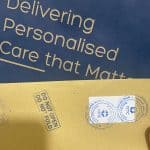
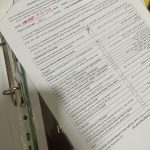
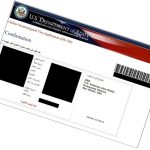
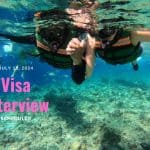
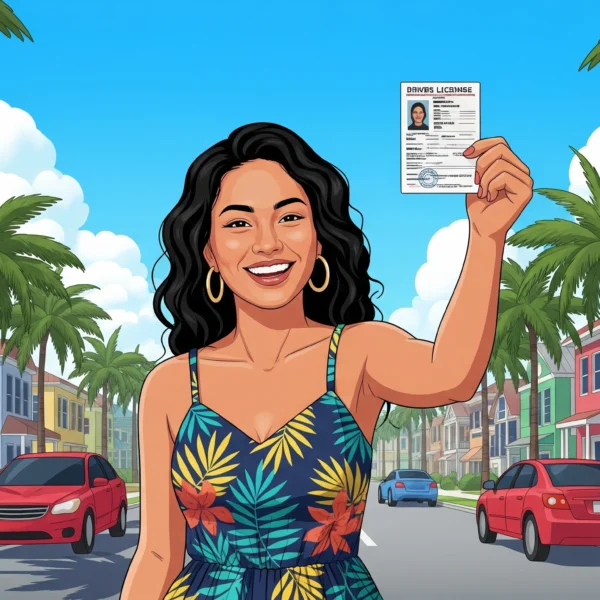
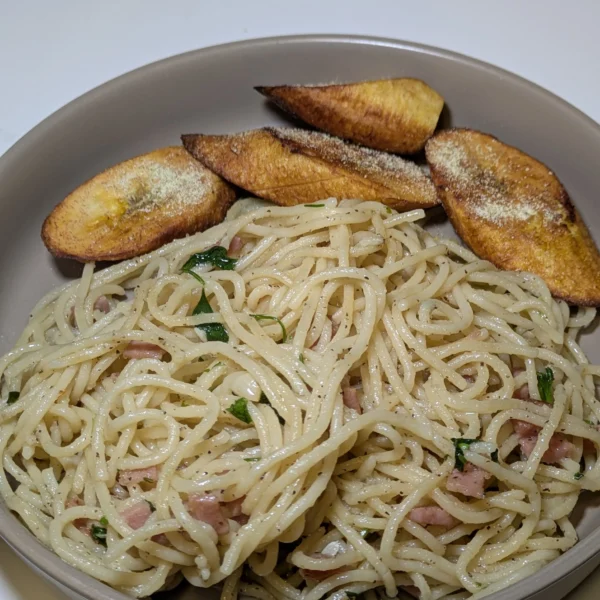
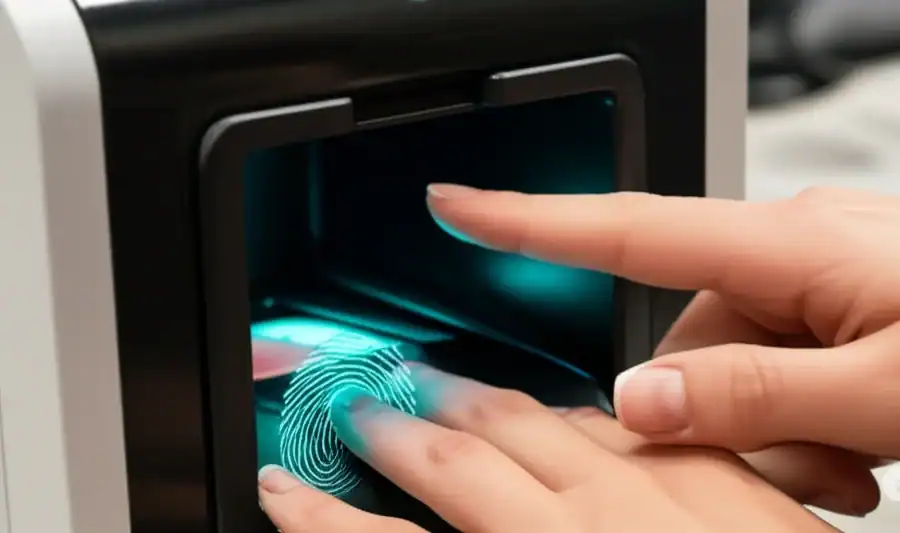
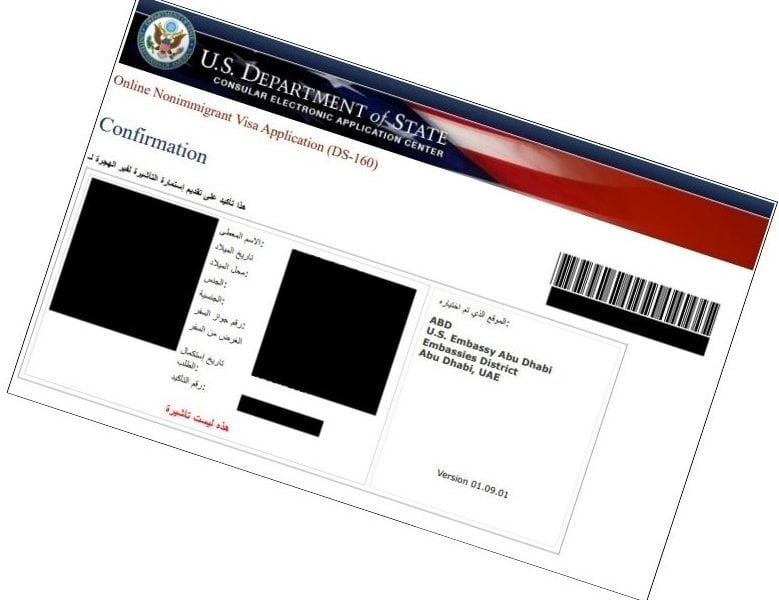

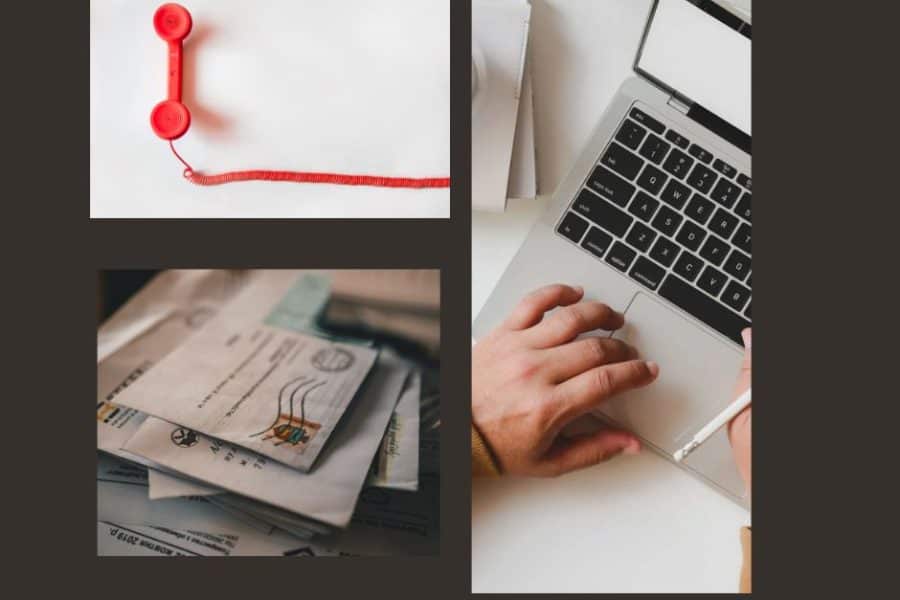
This article is so helpful and informative. We are done with K1 Visa process but I only got to know now what is the meaning of K1 FTP letter 😀